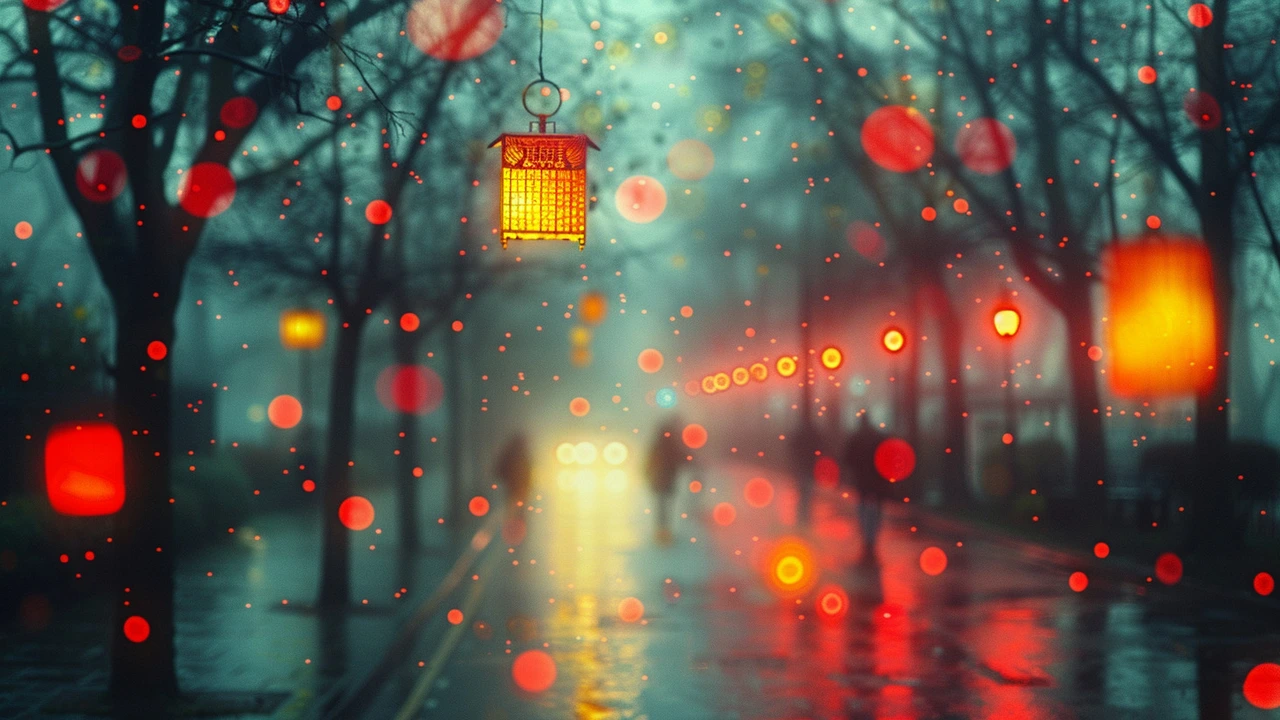Artistic Photography: Create Photos That Feel Like Art
Artistic photography turns ordinary scenes into striking images. It's not about expensive gear. It's about seeing differently and making clear choices. Notice light. Light gives mood, shape, and depth. Walk around a subject and watch how the shadows change. Shoot at golden hour or against a window for soft, pleasing tones.
Think in layers. Foreground, subject, background - make each layer add meaning. Use negative space to isolate the main idea. Try a low angle to make a simple subject feel monumental. Climb up for a graphic pattern. Lines lead the eye; use roads, rails, and fences to guide viewers through the frame.
Color and texture matter more than you think. A single bold color in a quiet scene grabs attention. Contrast rough textures with smooth surfaces to add tension. When color clashes, convert to black and white and focus on shape and contrast.
Tell a story. Ask what you want the viewer to feel. Silence, motion, loneliness, joy - pick one and make every choice support it. A long exposure can show motion and time. A wide scene can create distance.
Practical Techniques
Use manual exposure to control the look. Lower shutter speed for motion blur. Open the aperture for shallow depth and soft backgrounds. Bracket exposures when light is tricky and blend them later to keep both shadows and highlights.
Experiment with multiple exposures or reflections to layer ideas. Shoot through glass or foliage to add foreground textures. Use a reflector or a cheap white card to gently fill harsh shadows. Don't be afraid to underexpose slightly for mood; you can recover detail in RAW files.
Simple Gear & Editing Tips
You don't need the latest camera. A basic mirrorless or even a smartphone with manual controls will work. A prime lens helps you think about composition. A small tripod unlocks slow shutter effects and consistent framing.
Edit with purpose. Start by culling weak shots. Adjust exposure, contrast, and color temperature first. Use local adjustments to guide the eye - brighten faces or darken edges. Avoid heavy presets that flatten emotion. Keep texture and grain when they add character.
Practice with short projects. Try a week of doors, a month of shadows, or a single color theme. Share work and ask one simple question: what story does this tell? Repeat the process and watch your visual voice grow.
Find inspiration in painters, film stills, and everyday life. Study one strong image a day and copy its mood, not its subject. Over time you'll stop chasing techniques and start making images that feel personal and true.
Share images with short captions that explain your intent. Use tags and clear filenames to help your work get found online. Ask for specific feedback - what grabs them first? Track which images get the most views and analyze why. Keep a simple log of settings and location so you can repeat successful shoots. Over months, patterns will show and your choices will become smarter.

